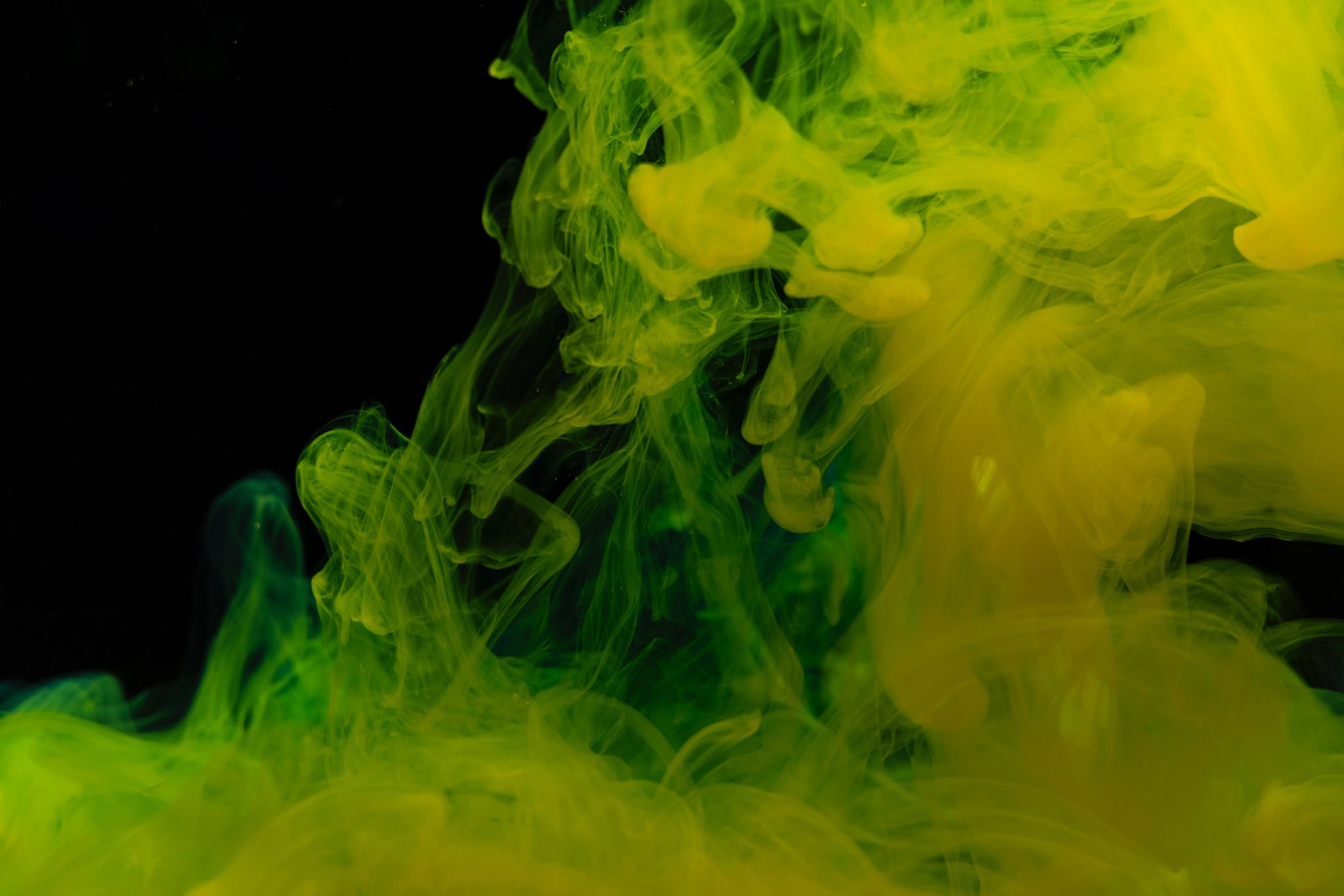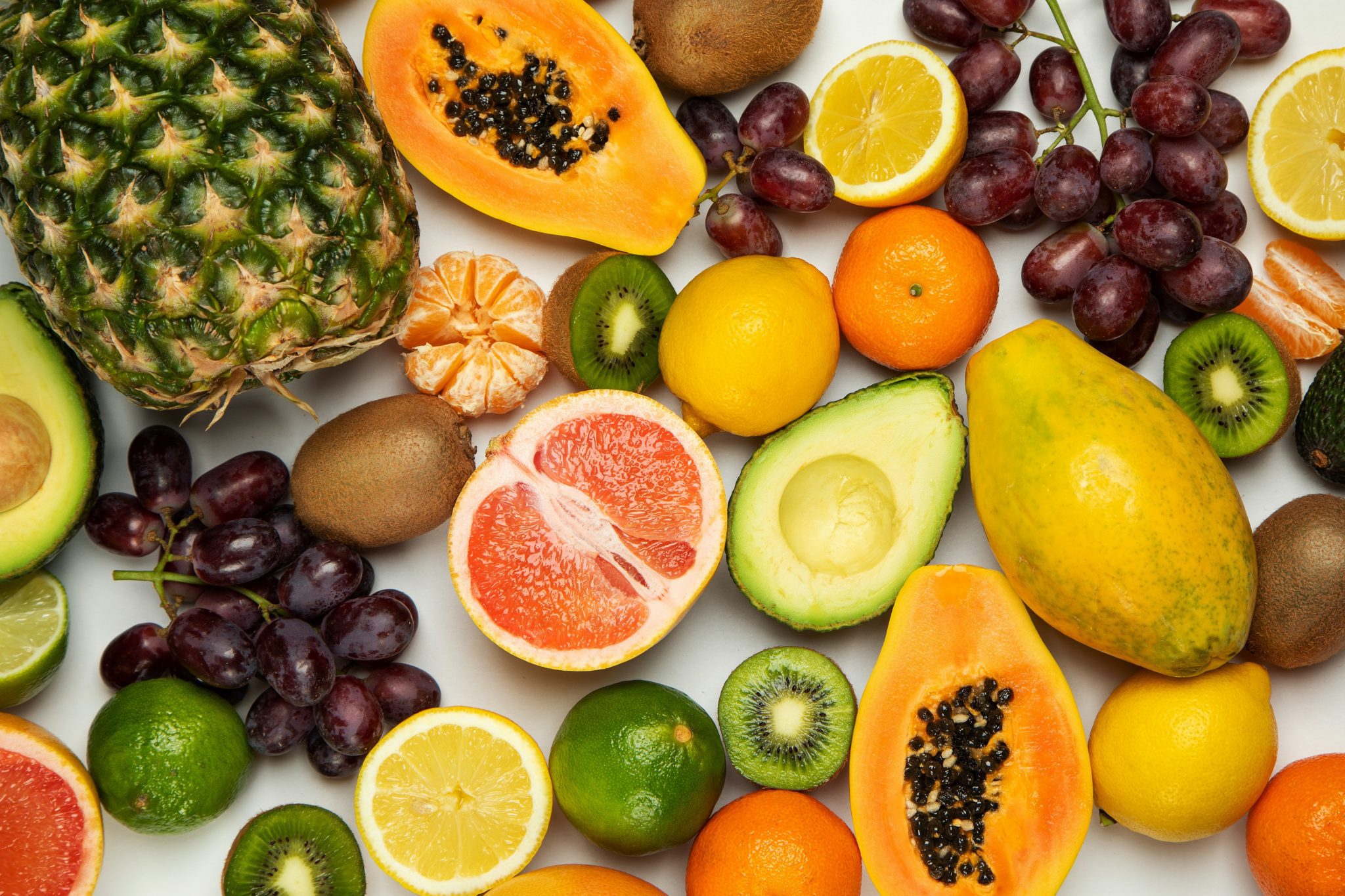FD&C Yellow 6, aka “Sunset Yellow FCF,” is a common ingredient used for artificial coloring in foods, cosmetics, and drugs. Some people suspect that Yellow 6 is made from crushed insects, but it’s actually derived from petroleum. While Yellow 6 is considered vegan because it does not contain animal products, some vegans may ethically object to its use since it is tested on animals. Yellow 6 has also been a subject of controversy due to its possible connections to ADHD in children and cancer.
YELLOW 6 IN FOODS
Yellow 6 is used in many popular food products such as Skittles and Starburst. When it is put in food that’s sold in the U.S., it is labeled as FD&C Yellow 6 or sometimes just Yellow 6. In Europe, it is identified as E110, while in other consumer products like cosmetics and drugs, Yellow 6 may also be labeled as Orange Yellow S or C.I. 15985.
ALTERNATIVES TO YELLOW 6
Yellow 6 is all over the food and cosmetic industry and therefore is difficult to avoid as a consumer. However, if you plan to make your own food colorings at home, you can use natural coloring instead of artificial dyes containing Yellow 6. Lemon zest, passion fruit, yellow peppers, and many other foods work well for making yellow dyes and food coloring.
CONTROVERSY & RESTRICTIONS IN EUROPEAN COUNTRIES
Due to its possible link to cancer and ADHD, Yellow 6 has become extremely controversial in the UK and other European nations. Norway, Finland, and Sweden have placed restrictions and bans on the use of Yellow 6. In some other European countries, products containing Yellow 6 could also have the warning label: “may have an adverse effect on activity and attention in children”.
IS YELLOW 6 ACTUALLY HARMFUL?
Truthfully, there is controversy regarding whether food coloring is damaging and there are in-depth arguments on both sides. The conflict can be confusing, but it’s important not to get too nervous about it. The only way to completely avoid artificial coloring is to have total control over your diet, meaning all of your meals need to be vegan recipes with organic vegetables and beans. Unfortunately, it’s hard to know every single ingredient used in the meals you eat at restaurants and even certain packaged plant foods. The good news is that the FDA and the EFSA approve Yellow 6, along with Yellow 5 and Red 40.

The important thing to remember is that everyone’s body reacts differently to different things. For instance, some children with hypersensitivity experience more of a reaction from food dyes than other children. It is something that you should monitor, and if you notice a difference in your child’s behavior, it’s best to remove artificial coloring from their diet.
In regards to cancer, there isn’t any proof that Yellow 6 is a contributor. As to whether the dye has other health risks, there is no evidence. Therefore, you shouldn’t worry too much, but please, use your discretion. If you’re hesitant about it, the safest thing to do is make all of your own recipes.
WHAT ARE VEGAN FOODS?
This might seem like a silly question to ask, but there are people who need guidance regarding what to order at restaurants and which foods contain animal products. Let’s take a look at a few of the main foods that are safe for vegans to eat and some common pitfalls as well.
LEGUMES
Beans, peas, and lentils are plant-based and hearty. It’s perfectly fine to eat them with your meals. However, if you’re dining out or eating at someone’s home, be aware of the ingredients used to prepare the dish. Make sure meat wasn’t used to add flavor.
FRUIT
Eating fruit is an all-natural way of satisfying your sweet tooth and feeding your body with essential nutrients. However, you should be careful with canned fruit. Take a look at the label and make sure it’s not preserved in non-vegan syrups or honey.
HONEY
Speaking of honey, it seems like a harmless sweetener. However, it’s not necessarily about the liquid gold, but more so about the process of extracting it., not to mention the negative effect beekeeping has on the environment.
TRICKY NON-VEGAN FOODS TO AVOID
There are obvious foods that you should stay away from. However, it can get tricky and there some condiments like sauce and salad dressings that you might not consider to be non-vegan. Hopefully, this guide will help you better navigate through unhealthy recipes and determine what products are actually animal products.
CAESAR DRESSING
This one is tricky because you probably wouldn’t think one of the most popular salad dressings could contain ingredients from an animal, but it does. Caesar dressing is made with anchovies, which is a no-no for vegans. You can’t taste it, but that doesn’t mean it’s not there.
REFRIED BEANS
Everyone knows it fine to eat legumes as a vegan. However, the problem is that packaged refried beans contain animal lard, and therefore should be avoided. But don’t fret. You can either make your own recipe or buy a vegan version.
SOY CHEESE
Normally, there isn’t an issue with eating soy products. Unfortunately, some soy cheese contains casein, which is a milk protein. Still, there are casein-free products to choose from.
VEGETABLE PAD THAI
This is another dish that seems harmless, and it’s popular at Asian restaurants. However, one of the primary ingredients that makes it taste so good is fish sauce. You could always ask the server what the dish is made with and possibly substitute for a different sauce.
WHICH FOODS CONTAIN YELLOW 6?

As a vegan, there are certain foods that you obviously need to steer clear from. However, if you also choose to stay away from artificial coloring, there are certain foods you should avoid. Check them out.
FLAVORED APPLESAUCE
Eating fruit is a great way of avoiding processed sugar and other unhealthy elements. Unfortunately, if you don’t make your own sauce, you run the risk of consuming food dyes. Nowadays applesauce contains additional flavors such as peach and pineapple, which often rely on coloring like Yellow 6.
SALSA AND HOT SAUCE
There’s nothing wrong with eating salsa or adding a little spice to your vegan meals. However, if you’re using store-bought condiments, beware of food coloring. There are almost 24 products on the market that contain Yellow 6.
CEREAL
Even if you purchase a whole-grain cereal it also might contain artificial dye. It’s not just the kiddy cereal with loads of sugar that contain coloring. So, be mindful of that as well.
Here are a few other foods that include Yellow 6:
- Bakery goods
- Snacks
- Sherbet
- Ice cream
- Oil
- Dry mixes
- Seasonings
- Beverages
WHAT ARE ARTIFICIAL FOOD ADDITIVES?
A color additive is a dye that’s put into food, drugs, or cosmetics to provide additional color. Food loses color due to storage conditions, exposure to light, air, and other factors. The dye also helps to make food and beverages look more attractive. For instance, it’s added to soda, margarine, and things like mint ice cream. Also, some additives help to maintain the acid levels in food as well as improve its appearance.
WHY DOES THE FDA APPROVE FOOD COLORING?
Color additives are thoroughly regulated and monitored by the FDA. They have a legal responsibility to ensure that food is safe. Before a manufacturer can market a new food or food dye, they must send a petition to the FDA first. Each petition must provide information proving that the food is safe. There are several things the FDA considers when approving a new dye:
- The composition and properties of the food/substance
- How much of the substance will be consumed?
- The potential effects on health
- Safety
After they look through that information, the FDA has to be reasonably certain that the additive will cause no harm.
CERTIFIED COLOR ADDITIVES VERSUS EXEMPT COLORS
Exempt color additives include hues from natural sources like minerals, vegetables, or animals. For instance, caramel and beta-carotene include yellow food dyes. The exempt color dyes aren’t required to batch certification requirements, but they still have to be approved by the FDA.
Certified color additives are synthetic dyes that are used for even colors so that they blend with other pigments. They are considered classified because they must go through certification each time a new batch is produced.
Additionally, there is a way to identify whether color additives are in your food. The FDA requires all food manufacturers to put ingredients on the labels. The information must list the names of the color dyes that are certified by the FDA. However, not all food dyes are listed individually. Generally, the label will show “artificial color added or “color added” collectively.
HOW TO MAKE ALL-NATURAL YELLOW COLORING WITH TURMERIC
As mentioned earlier in the article, there are natural ways to make food coloring. You’ve discovered a few food items to avoid as a vegan, but now, it’s time to learn how to make healthy food dyes. Mother Earth has already provided us with an array of beautiful, organic colors that don’t require artificial manipulation, which is wonderful news.
Dissolve one teaspoon of turmeric into ½ cup of water and boil it. If you want a yellow color, use only a little turmeric. Add more to give it an orange hue.
Food coloring is primarily used for baking, and it’s great for changing the color of icing or cake mix. However, if you’re wanting to enhance the look of your meals with yellow, there are lots of simple ways to incorporate it. For instance, you can make vegan lasagna inside of a yellow pepper, or sprinkle lemon zest over your food. If you’re making a Mexican dinner, add in some corn.
Suggested Read: Is Blue 1 Vegan?
FINAL THOUGHTS ON YELLOW 6
From the information gathered about Yellow 6, it’s not harmful. It’s approved by the FDA and there are no links between it and cancer. Again, use your best judgment. Being a vegan is all about feeding your body with healthy foods that don’t have animal contents, but it should also be fulfilling. Veganism is a lifestyle that should enhance your life. Enjoy the process!
We understand how hard it is to be a vegan. You have to consider different factors in almost every aspect. But do not worry, we’re here for you! From learning many simple vegan recipes to answering your questions about whether a particular food is vegan or not, our website aims to help lessen your hassle and worries.
Leave a Reply